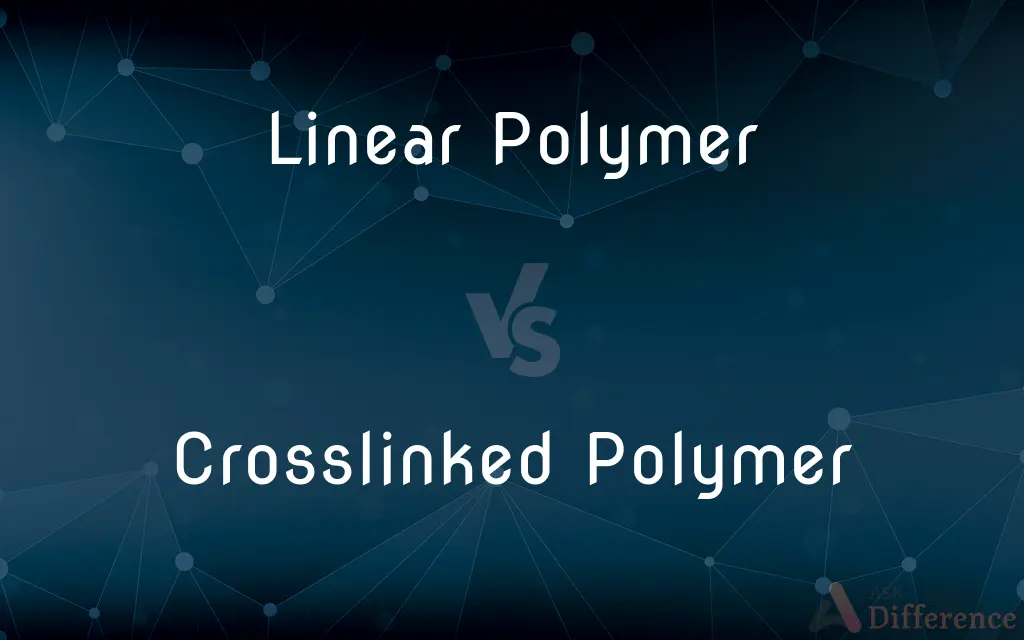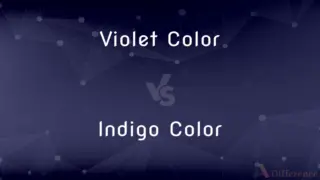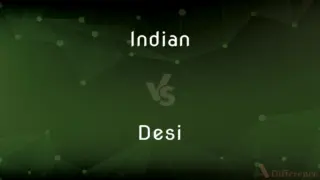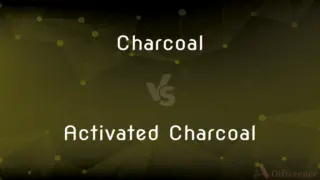Linear Polymer vs. Crosslinked Polymer — What's the Difference?
Edited by Tayyaba Rehman — By Fiza Rafique — Published on December 7, 2023
Linear Polymers consist of long, straight chains, while Crosslinked Polymers have chains bonded together at various points.

Difference Between Linear Polymer and Crosslinked Polymer
Table of Contents
ADVERTISEMENT
Key Differences
Linear Polymers are characterized by their continuous straight-chain molecular structures, whereas Crosslinked Polymers have interconnected polymer chains through covalent bonds.
The properties of Linear Polymers often make them more pliable and easier to process. In contrast, Crosslinked Polymers generally exhibit enhanced mechanical strength and stability due to the crosslinks.
Linear Polymers can be melted and remolded multiple times, given their straightforward chain structure. On the other hand, Crosslinked Polymers, once set, cannot be reprocessed easily, as heating typically decomposes them instead of melting.
Durability and resistance to chemicals can be attributes of Crosslinked Polymers because of the crosslinks providing additional stability. In comparison, Linear Polymers might be more susceptible to solvents and degradation.
When considering elasticity, Linear Polymers can be stretched and will return to their original shape, while Crosslinked Polymers may resist deformation or return to shape more slowly due to the interconnecting bonds.
ADVERTISEMENT
Comparison Chart
Molecular Structure
Continuous straight-chain
Interconnected chains via covalent bonds
Processability
Can be melted and remolded
Difficult to reprocess after setting
Mechanical Properties
More pliable
Enhanced strength and stability
Resistance
Susceptible to solvents
High chemical resistance
Elasticity
Returns to original shape readily
Resists deformation due to crosslinks
Compare with Definitions
Linear Polymer
A single, uninterconnected polymeric chain.
Many toys are molded using Linear Polymers due to their flexibility.
Crosslinked Polymer
A polymer with interconnected chains.
Vulcanized rubber is a classic example of a Crosslinked Polymer.
Linear Polymer
Macromolecules with continuous chains.
Linear Polymers are found extensively in packaging materials.
Crosslinked Polymer
A covalently bonded polymeric network.
Safety equipment may use Crosslinked Polymers for added strength.
Linear Polymer
A polymer with unbranched chains.
Plastic bags are often made from a Linear Polymer.
Crosslinked Polymer
A polymer resistant to reshaping upon heating.
Once formed, objects made of Crosslinked Polymer are challenging to remold.
Linear Polymer
A straight-chained macromolecule.
Many household items are crafted from Linear Polymers because of their easy processability.
Crosslinked Polymer
Polymers with enhanced stability through bonds.
In certain medical applications, Crosslinked Polymers are preferred for their resilience.
Linear Polymer
A polymer lacking crosslinked structures.
When heated, the Linear Polymer can be reshaped multiple times.
Crosslinked Polymer
Macromolecules bonded at various points.
For increased durability, car tires often use Crosslinked Polymers.
Common Curiosities
Are Crosslinked Polymers more resistant to chemicals?
Generally, they exhibit higher chemical resistance due to their interconnected structure.
Can Crosslinked Polymers be melted and reshaped?
Typically, they cannot be easily reshaped upon heating, unlike Linear Polymers.
What is the primary structural difference between Linear Polymer and Crosslinked Polymer?
Linear Polymers have continuous, straight chains, while Crosslinked Polymers have interconnected chains.
Why are Crosslinked Polymers used in car tires?
Their enhanced strength, durability, and resistance to deformation make them ideal.
Can Linear Polymers be converted to Crosslinked Polymers?
Yes, through chemical processes like vulcanization, crosslinking can be introduced.
Do Linear Polymers degrade faster?
They might be more susceptible to solvents and environmental degradation than Crosslinked Polymers.
Why are Linear Polymers more pliable?
Their straightforward chain structure without crosslinks makes them more flexible.
What happens when you heat a Linear Polymer?
It can typically be melted and reshaped multiple times.
Why might a Linear Polymer be preferred in packaging?
Their ease of processing and ability to be remolded make them suitable for packaging.
Are Crosslinked Polymers used in medical devices?
Yes, some medical devices prefer them due to their stability and resilience.
What makes Crosslinked Polymers more rigid?
The covalent bonds interconnecting the chains provide added rigidity.
Are all Crosslinked Polymers strong?
While they generally have enhanced strength, specific properties can vary based on the degree of crosslinking and the polymer type.
Do Crosslinked Polymers have better mechanical strength?
Yes, the crosslinks usually enhance their mechanical properties.
Can Linear Polymers return to shape after stretching?
They generally have better elasticity and can return to shape more readily.
How are the chains in a Linear Polymer oriented?
They are oriented in a continuous, straight-chain fashion without branching or crosslinks.
Share Your Discovery

Previous Comparison
Saturated Compounds vs. Unsaturated Compounds
Next Comparison
Violet Color vs. Indigo ColorAuthor Spotlight
Written by
Fiza RafiqueFiza Rafique is a skilled content writer at AskDifference.com, where she meticulously refines and enhances written pieces. Drawing from her vast editorial expertise, Fiza ensures clarity, accuracy, and precision in every article. Passionate about language, she continually seeks to elevate the quality of content for readers worldwide.
Edited by
Tayyaba RehmanTayyaba Rehman is a distinguished writer, currently serving as a primary contributor to askdifference.com. As a researcher in semantics and etymology, Tayyaba's passion for the complexity of languages and their distinctions has found a perfect home on the platform. Tayyaba delves into the intricacies of language, distinguishing between commonly confused words and phrases, thereby providing clarity for readers worldwide.











































